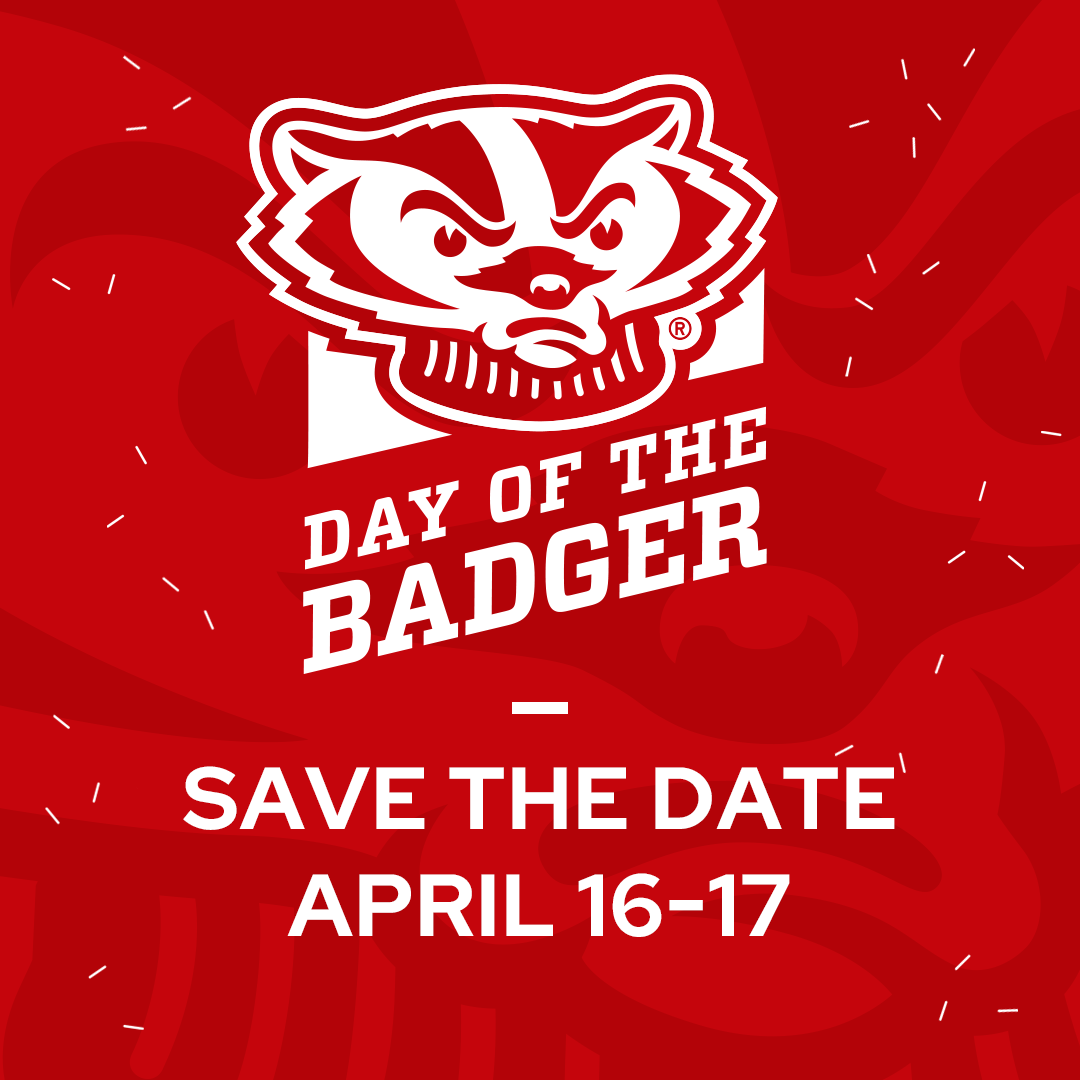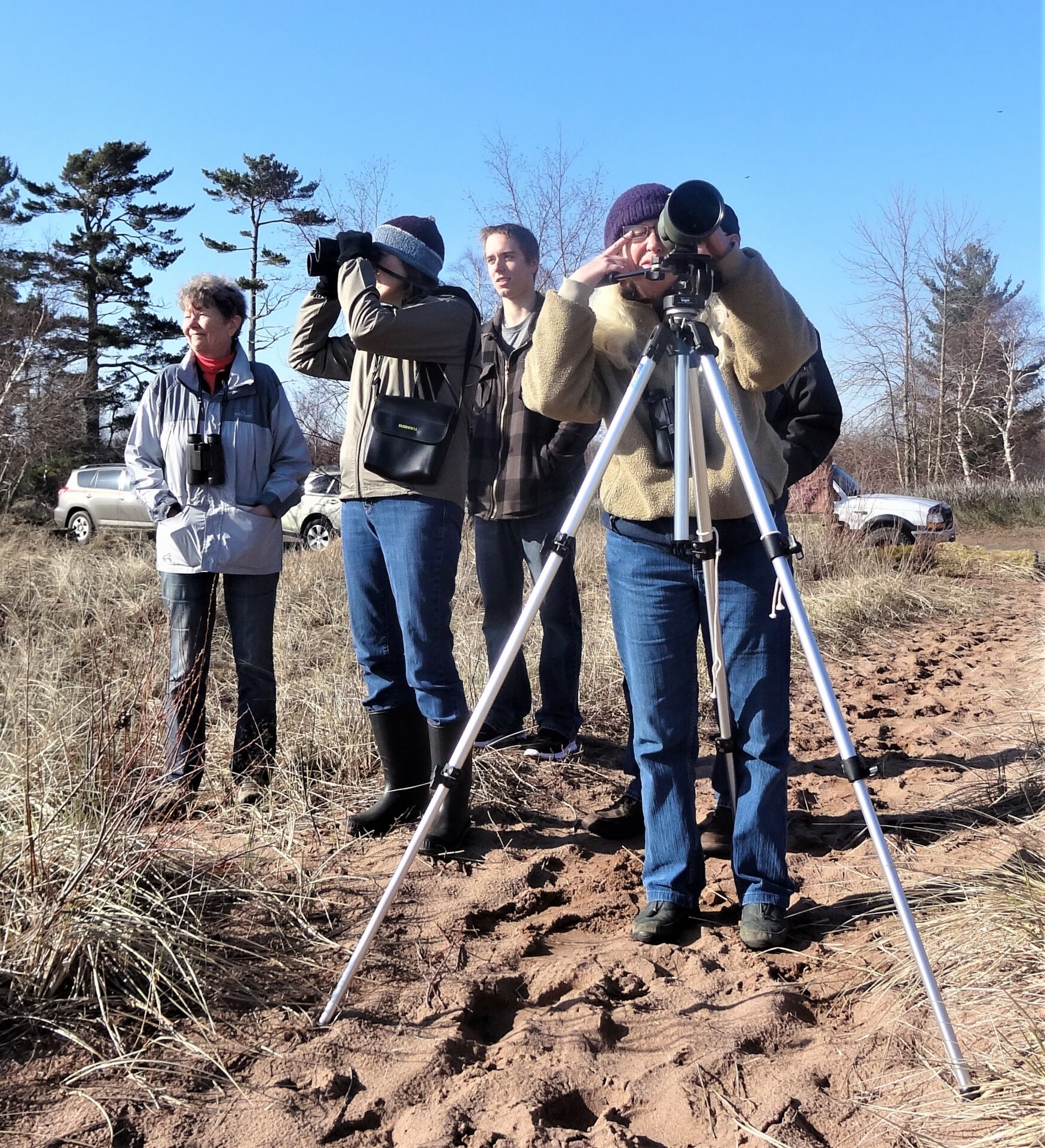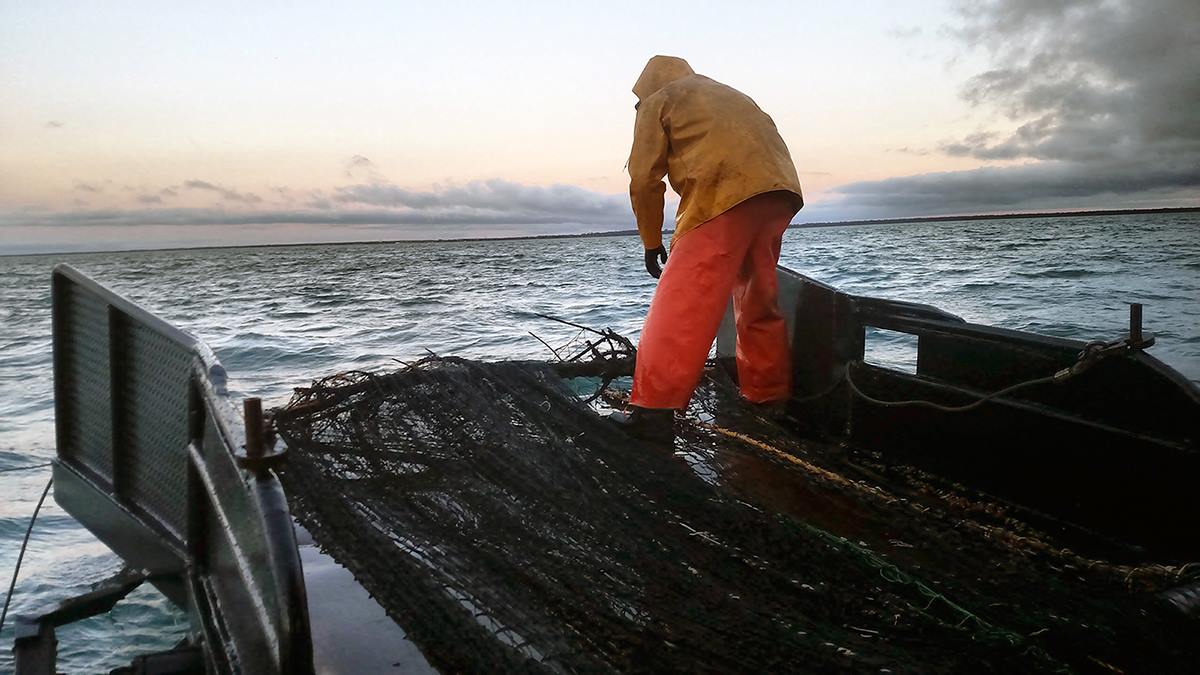Don’t know your round goby from your rusty crayfish? Think a bighead carp looks an awful lot like a lake trout? If you’re one of the thousands of Wisconsin anglers who are a little less than incisive about your invasive species identification, fear not: The Great Lakes Sea Grant Network and Wildlife Forever have you covered. They’ve teamed up to produce a handy invasive species field guide called “Invaders of the Great Lakes,” available now from Adventure Publications in Cambridge, Minnesota.
The 171-page guide, complete with images and detailed descriptions of headline-grabbing Great Lakes invaders like sea lamprey and round goby and more obscure species like the faucet snail and the threespine stickleback, serves multiple purposes. Specific sections are devoted to invertebrates, plants and fish. Each species page details how the invader affects fishing quality as well as specific steps that can be taken to prevent its future spread.
“’Clean, Drain, Dry’ is naturally where prevention starts,” explained Tim Campbell, aquatic invasive species outreach specialist for Wisconsin Sea Grant, referring to the three-step process that anglers can use to make sure their boats aren’t harboring invasive species as they move from lake to lake. “But beyond that, there are plenty of species-specific things anglers can do to make sure they’re not contributing to the problem.”
The bottom of each page features an interesting fact about the invader in question. For instance, you may not have known that the aforementioned threespine stickleback is so aggressive it will attack a penny dropped in the water. Or that a voracious bighead carp can eat as much as a pound per day.
The guide is also useful in tracking the spread of invasive species into new environments. A section toward the back lists contacts for invasive species management in each of the fifty states, in case anglers see something unusual.
“Having resources like this to identify and report an invasive species is an important part of rapid response,” said Campbell. “If you can detect, you can respond and take action. If you don’t find something early, there’s no chance to contain it.”
The guide is available for purchase in UW Sea Grant’s publications store and may eventually be developed as a smartphone app for anglers and nature-lovers who don’t want to tuck a physical guide into their fishing gear.
Phil Moy, assistant director for research with University of Wisconsin Sea Grant, is especially grateful the guide has the endorsement of 2010 World Walleye Champion Johnnie Candle.
“Johnnie is a champion walleye angler and serves as an example of a dedication to conservation and AIS prevention efforts, not only for amateur anglers but to professional anglers,“ said Moy We need tournament anglers to embrace the AIS prevention ethic in order to preserve the quality of fishing for today and tomorrow and to ensure the future of tournament fishing.”





